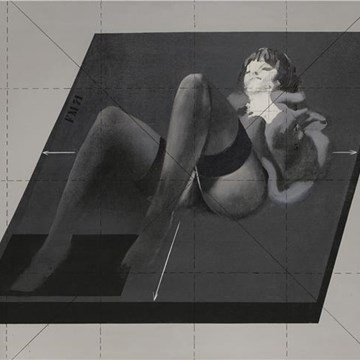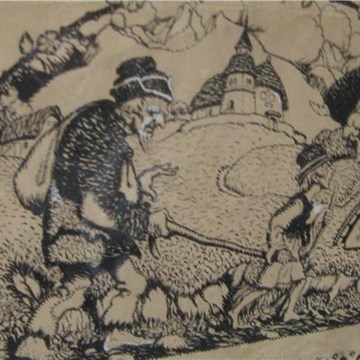Measuring the World, Heterotopias and Knowledge Spaces in Art
Museums classify, collect, group, consider and exclude. Reference systems are set up, and, with these, charts of an interpretable world are constructed. As part of their founding educational role, museums enlighten and, on a basis of facts and references, form an interpretation of their own existence given the conditions they find themselves in. Thus museums, like all exhibitions with the things they contain, set themselves up as pared-down portrayals of the world, becoming catalysers of a possible understanding and revelator of abstract realities, which – particularly in contemporary art – stand in a double Foucault-style space-time situatedness, and can be seen (both in terms of organization and inherently in the works) as part of a temporal and ongoing institutional debate. Particularly in recent times, artists have constantly and critically challenged this knowledge-storing duty of museums, examining it for its exclusiveness and excludableness, and have explored museum collecting as an artistic strategy of its own.
Text source
Image source
Exhibitions and events
We don't have anything to show you here.
Activities from this museum
We don't have anything to show you here.











